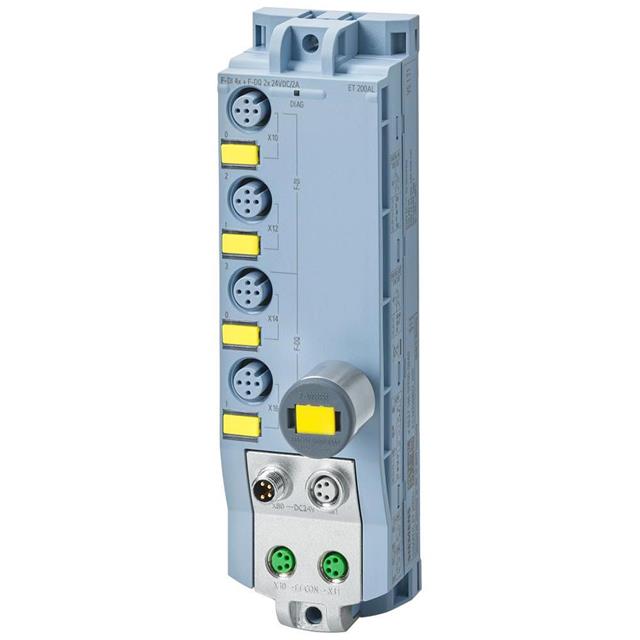SIMATIC Series, Sensor Interface Junction Blocks
Results:
2
Manufacturer
Series
Shell Size - Insert
Features
For Use With/Related Products
Color
Material
Accessory Type
Results remaining:2
Applied Filters:
SIMATIC
About Sensor Interface Junction Blocks
Junction blocks for sensor interface applications are interconnect devices specifically designed to streamline the integration of multiple sensors or actuators with unique cabling requirements into a unified cabling system. These blocks serve the crucial purpose of consolidating signals from individual sensors or actuators, eliminating unnecessary conductors and electrical insulation material in the process. By utilizing junction blocks, the need for separate cables for each sensor or actuator is eliminated. Instead, the signals from these individual components are combined and transmitted through a single shared cabling system. This consolidation offers several advantages, particularly when it comes to long-distance signal transmission. Firstly, by reducing the number of conductors required, junction blocks minimize the complexity and bulkiness of the overall cabling system. This simplifies installation and maintenance processes, making it easier to manage and troubleshoot connections. Secondly, the elimination of unnecessary conductors results in reduced electrical interference and signal degradation. With fewer conductors, there is less potential for cross-talk or electromagnetic interference between the wires, ensuring reliable and accurate signal transmission. Additionally, by removing excess electrical insulation material, the shared cabling system becomes more efficient in transmitting signals over long distances. Unnecessary insulation can introduce capacitance or inductance, which can attenuate the signal and limit its reach. By minimizing insulation, the cabling system can better maintain signal integrity and transmit signals over extended distances without significant loss. Overall, junction blocks play a vital role in optimizing the integration and transmission of signals from multiple sensors or actuators. By consolidating the signals and eliminating unnecessary conductors and electrical insulation material, these blocks enable efficient and reliable signal transmission over long distances, enhancing the overall performance of sensor interface applications.


